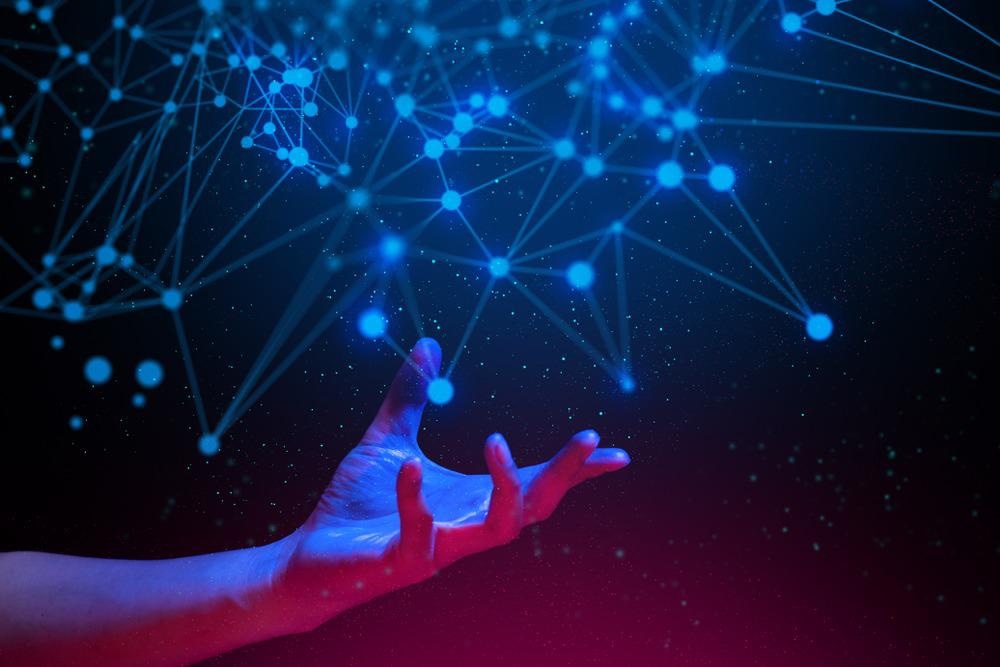
Image Credit: issaro prakalung/Shutterstock.com
The Internet of Things (IoT) has had a significant impact on areas such as healthcare, energy, and industry. But even this modern technology can be upgraded to include nanotechnology and make current applications more functional, robust, and condensed.
The IoT is a network of physical objects – smart assistants, fridges, and phones – implanted with software and sensors capable of communicating and exchanging information over the internet. It has transformed many areas of everyday life with the increasing use of smart technology and healthcare.
Nanotechnology aims to take the IoT a step further by integrating various nanomachines or nanodevices measuring between 10 and 1000 nanometers. The Internet of Nano-Things (IoNT) will unite nanodevices with other advanced technology such as cloud computing or machine learning, with the help of high-speed networks.
Business and Industry Applications
The IoNT can be used to collect vast amounts of critical data generated by IoNT devices. This data can be analyzed and utilized to improve scientific or business models. It is particularly promising for the industry to aid workplace performance and productivity by streamlining multiple tasks, bolstering business representations.
IoNT in Healthcare
The IoT has already gifted us with a smart digitized healthcare system, which connects available medical resources and healthcare services. IoT devices can be used to collect data remotely, and range from blood pressure or heart rate monitors to Fitbit electronic wristbands. The devices provide medical professionals and patients with access to healthcare data in real-time.
The incorporation of nanotechnology means that a Body Sensor Network (BSN) can be developed using in-body sensors to collect and monitor health and biological activity. This data can be viewed on a wearable gadget and allows the wearer or medical professionals to view real-time critical data. For the latter, this could be useful in compiling medical reports or understanding how treatments affect individual patients.
Nanosensors can also be used to detect viruses that are otherwise difficult to perceive; these nanosensors can alert medical staff to the virus’ presence and allow them to take the appropriate action.
Agriculture and Food
Agriculture already utilizes nanofertilizers and nanopesticides, and employs nanosensors to monitor crops and soil health. The IoNT can extend this by introducing precision farming, providing farmers with tracking data about crop health and growth, soil moisture and quality, and information on the use of pesticides and insecticides.
It can also be used to track farm animals' location using a centralized system while also monitoring their health and feeding habits. This can help farmers make informed decisions on medicines and food purchases, for example.
In terms of nutrition, it can aid the design and development of novel food with better solubility, required temperature, and thermal stability. Nanosensors can also provide food quality information, such as the viscosity and presence of sediment in a soda bottle, which could be detrimental to taste or oral sensation.
Smart Homes and Factories
Some of us already have smart assistants or apps capable of controlling certain homes' features, but the IoNT can make our homes even smarter. Nanosensors could be used to detect and maintain specific room temperatures, such as identifying harmful gases or gas leaks.
In factories, the same technologies can be used in similar ways and observe carbon emissions, monitoring water quality and humidity.
Environmental Monitoring
One of the world’s biggest concerns is our environment, and the anthropogenic effect activities are having on our climate. Nanosensors in an IoNT network can be used to precisely monitor air quality, pollution, and temperature in public places such as parks and railway stations to maintain safe levels for those in the area.
Data collected by such nanosensors can be used by governments and smart cities (often urban areas that utilize different types of electronic methods/sensors to collect data across the city) to determine trends in carbon emissions and temperatures, which can be employed to develop effective mitigation strategies to combat climate change.
IoNT Promising but Challenging
The IoNT is promising and looks set to take IoT applications to the next level, but it must be noted that it is still in its infancy and there are many issues yet to be resolved.
The most pressing of these is privacy and security; nanosensors and other nanodevices can collect huge amounts of data and include valuable personal information. Data collection needs to be safe and secure, and then stored in a secure location with encryption and cybersecurity protocols to prevent and protect against cyberattacks.
In medical nanodevices, there remains an issue of compatibility with the human body; there is still much testing to be conducted into suitable materials, and the process is inevitably time-consuming and error-prone.
However, these challenges are likely to be overcome, and IoNT is expected to be adopted alongside other modern technologies in the not-too-distant future, opening the door to many more exciting transformations in our daily lives.
References and Further Reading
Joshi N. (2019) All you need to know about the Internet of Nano Things, Allerin [Online] https://www.allerin.com/blog/all-you-need-to-know-about-the-internet-of-nano-things Accessed 19th January 2021.
Kumar V. (2021) The promise of the integration of nanotechnology and IoT, Analytics Insight [Online] https://www.analyticsinsight.net/the-promise-of-the-integration-of-nanotechnology-and-iot/ Accessed 19th January 2021.
Statnano (2019) A Glance at the Internet of Nano-things and Its Applications Statnano [Online] https://statnano.com/news/66887/A-Glance-at-the-Internet-of-Nano-things-and-Its-Applications Accessed 19th January 2021.
Disclaimer: The views expressed here are those of the author expressed in their private capacity and do not necessarily represent the views of AZoM.com Limited T/A AZoNetwork the owner and operator of this website. This disclaimer forms part of the Terms and conditions of use of this website.